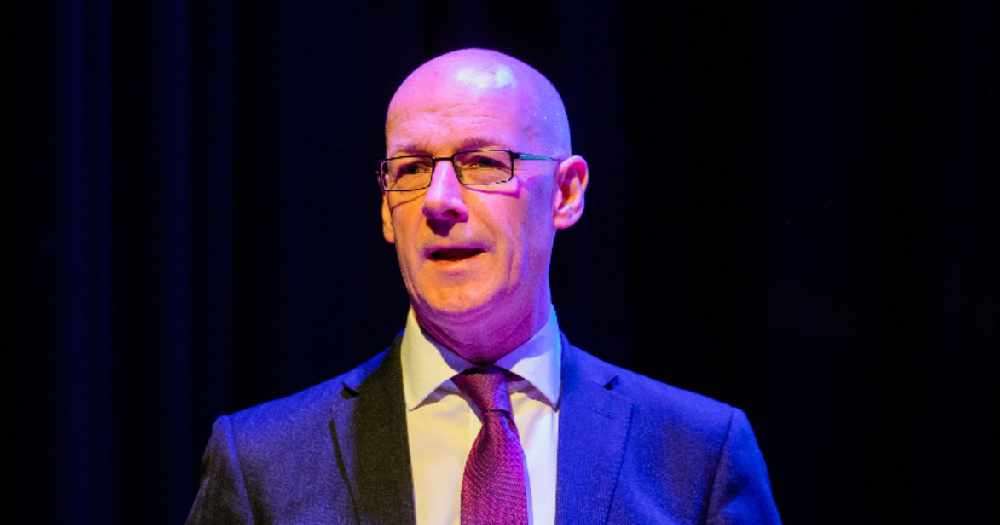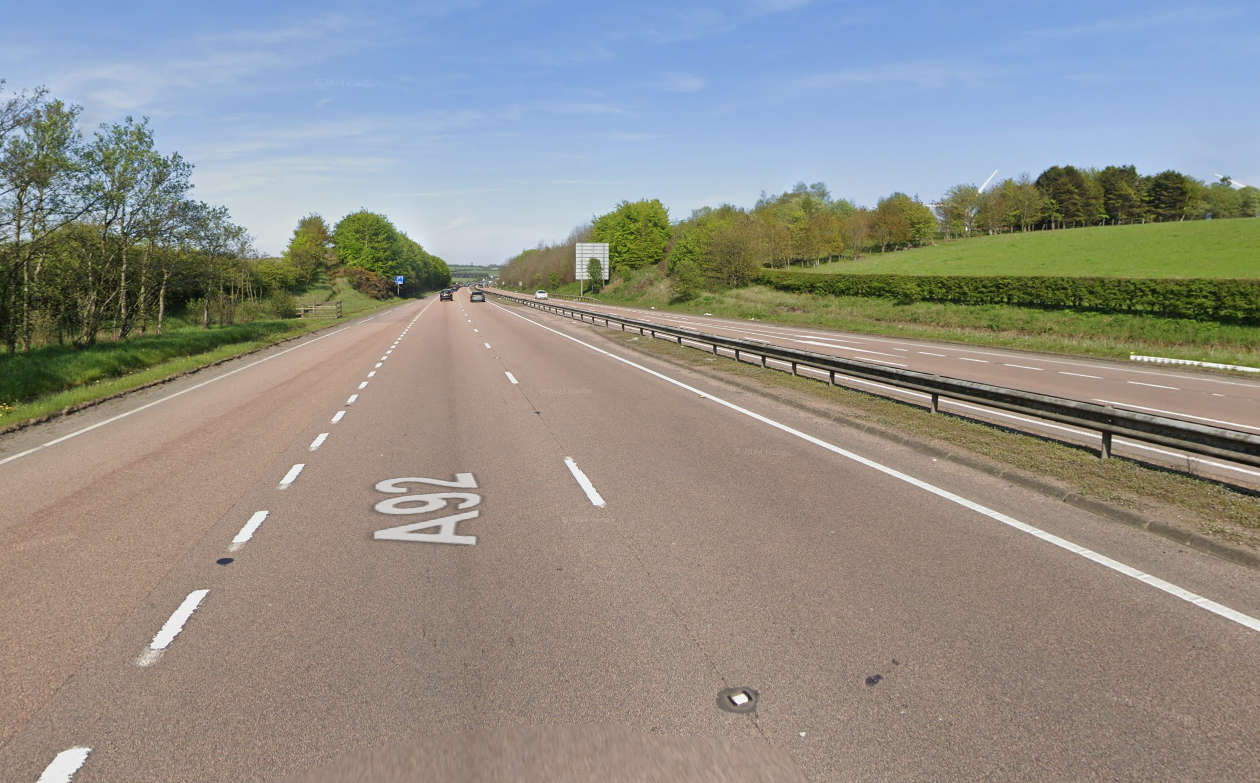
Recent improvement but the NHS in Scotland still faces challenges achieving the A&E waiting times target.
Performance against the four-hour accident and emergency (A&E) waiting times target has deteriorated since Audit Scotland previously reported on A&E departments. The number of patients who waited longer than four hours increased from around 36,000 in 2008/09 to around 104,000 in 2012/13, although performance improved during 2013.
The Audit Scotland report, Accident and Emergency Performance Update, which is published today, reports on the NHS in Scotland's performance against the A&E waiting times target and looks at why patients are waiting longer than the four-hour target.
The report says:
- Although performance against the A&E waiting times target is not as good as when last reported, it has improved in recent months. In December 2013, more patients were seen within four hours compared with the previous December. However, performance against the A&E target varies considerably between A&E departments and many face challenges meeting the 95% target.
- A&E departments are part of a complex health and social care system and a lot of factors can lead to patients being delayed. These include staffing pressures, and hospital beds not being available at the time when A&E patients need to be admitted.
- The Scottish Government launched the National Unscheduled Care Action Plan in February 2013. It is too early to comment on the impact of the Action Plan, but the Scottish Government and NHS boards are taking steps to address some of the causes of delays in A&E.
Auditor General for Scotland Caroline Gardner said:
"A&E departments provide a really important service in assessing and treating patients with serious injury and illness. Maintaining good performance in A&E was one of the Scottish Government’s key objectives in 2013/14.
"Delays in A&E can be a sign of pressure across health and social care. While there has been improvement in performance, such as the progress made in tackling the longest waits in A&E, performance against the target still remains lower than it was when we last reported.
"It is important that the Scottish Government and NHS boards build on their whole system work and continue to reduce delays for A&E patients."
Today's report recommends that the Scottish Government shares good practice on initiatives that can help improve performance and therefore improve the experience for patients.
Health Secretary Alex Neil has commented on Audit Scotland's latest review of Accident & Emergency (A&E) waiting times.
Mr Neil said:
"The NHS in Scotland is treating more emergency patients than ever before. Our staff are also seeing more patients who are presenting with more serious illnesses.
"This trend and pressure is evident across all developed health services, including the rest of the UK, and there is no doubt it presents considerable challenges in terms of treating patients quickly, as Audit Scotland's report makes clear.
"But the report also makes it clear that Scotland's NHS has acted on this. Patients are already seeing real improvement as a result of our three year £50 million emergency care action programme.
"Our dedicated front line staff, supported by this national programme, have already produced a dramatic reduction in the number of patients facing long waits this winter, an 87% reduction compared to December 2012. And, as Audit Scotland acknowledge, performance on the four hour target has improved by 3.2% over the last year.
"We have already invested heavily – both in service improvements and more staff. That includes the 18 new consultants now appointed across NHS Scotland.
"This builds on the increase under this Government, which has seen the number of A&E consultants has more than double, from 75.8 to 162.3 since 2006.
"We're also working with health boards to ensure they can achieve our interim 95% target by September this year, as an important step towards sustainably delivering 98 per cent by the end of the £50 million three year action plan.
"But we know that to we need to look at health and social services, both within and out-with the hospital setting, to improve these life-line services and that is exactly what we will do in years two and three of the national programme.
"For example, our new non-emergency care direction guidance will make sure that patients are getting the right treatment, in the right place and by the right clinicians.
"However, I am under no illusion that we have more to do and I am clear that health boards must continue to prioritise this vital work to ensure that we can build on the progress made."
RCN Scotland Director Theresa Fyffe said:
"Although A&E waiting times generally have seen some improvement over the last year, this excellent report from Audit Scotland highlights the relentless pressures on our A&E departments and the considerable challenges that health boards are facing trying to meet even the interim A&E waiting time standard for 95% of patients to be seen within four hours.
"Since Audit Scotland last reported on this issue, the number of patients attending A&E has increased significantly. In particular, the number of people over 65 attending A&E, who are more likely than younger people to have long-term health problems and need more complex care, has increased and will continue to do so as a result of our ageing population. Those over 65 attending A&E are also more likely to be admitted to hospital, yet the average number of available beds across Scotland for all acute specialties has been cut by around seven per cent over the last five years. And while this is due in part to hospitals carrying out more day-case procedures, the most common cause of A&E delays is 'waiting for a bed'. This makes no sense and reinforces the need for the Government to look at the whole of the health care system and how changes in one area will impact another.
"We are participating fully in the Government's National Unscheduled Care Action Plan, launched last year in response to the deterioration in health boards' meeting the waiting time standard. It's clear from this work that the challenges facing A&E cannot be dealt with in isolation. We need to consider not only how services are delivered in hospital and the staff needed there to deliver care safely and compassionately, but also the staff and resources needed out in the community to avoid people having to come into hospital in the first place. Staff in our very busy A&E departments should be caring for people who really need to be in hospital. To do this, we need to develop enough nurses working in the community with the necessary skills to care for patients with increasingly complex illnesses and conditions.
"While the Scottish Government and health boards are carrying out work to reduce the number of people who are admitted to hospital on an emergency basis, this report makes clear that there is a long way to go to make sure our health service is able to cope with the demand that is currently being placed on it."
Colin Poolman from RCN Scotland has been speaking to Kingdom FM News.


 Man, 44, seriously injured in hospital after crash between Comrie and Rosyth
Man, 44, seriously injured in hospital after crash between Comrie and Rosyth
 John Swinney announces SNP leadership bid
John Swinney announces SNP leadership bid
 Closures on A92 from TONIGHT for roadworks
Closures on A92 from TONIGHT for roadworks
 12°C
12°C
 16°C
16°C